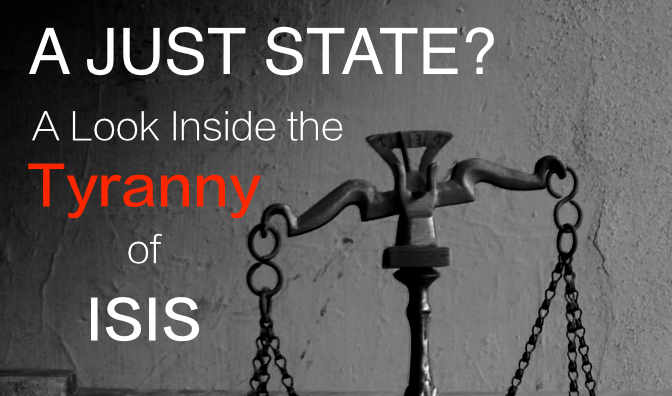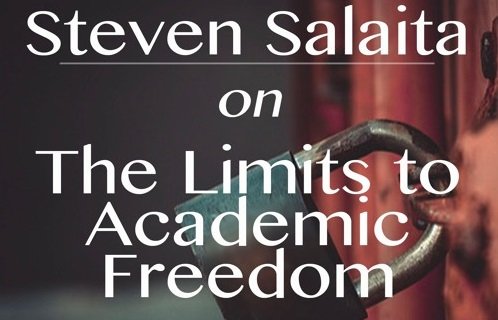As the ramifications of the Arab Spring fade away, we look at how Arabic hip-hop has evolved since that time. Sean O’Keefe, author of the once popular but now inactive blog Revolutionary Arab Rap, offers his perspectives on Arabic hip-hop music in terms of its history, development, media coverage, and regional diversity. He also explains how Arab rappers in the diaspora and female rappers are distinct.
For more of Sean’s analysis and research, please visit his blog Revolutionary Arab Rap and its sister site Revolutionary Arab Rap: The Index, which translate and subtitle Arabic hip-hop and examine the genre’s influence on Arab society.
In the podcast, Sean references a number of artists and scholars. Follow the links below to learn more:
1:11 Khalas Mixtape Volume 1: Mish B3eed mixtape
1:23 TasnimQ
1:31 El Général
2:08 Kendra Salois, scholar who studies hip-hop and other Afro-diasporic musical practices in the US, Morocco, and the Muslim world
2:49 DAM, the first Palestinian hip-hop group, from Lod, Israel
3:24 Shadia Mansour
3:26 Ramallah Underground
3:28 Muqata'a (boikutt)
3:29 Stormtrap / عاصفة
3:35 El Rass الراس
3:33 Rayess Bek
5:17 Ibn Thabit, Libyan rapper, see his profile on the Guardian
5:32 Ramy Donjewan
5:43 Arabian Knightz
7:18 Omar Offendum
7:26 LowKey
9:08 Jackson Allers, visit his blog on Arab Rappers
10:05 Deeb, Egyptian rapper
11:04 LowKey's song Long Live Palestine Part II
11:27 Hichkas, the Iranian rapper who participated in LowKey's song Long Live Palestine Part II
12:18 Guito'n, the Tunisian rapper who has a song addressing jihadists
13:38 Sean O’Keefe’s Index of Female Rappers
Sean majored in Arabic and history at the University of Chicago and received his Master of Public Service degree from the Clinton School of Public Service in Arkansas. A specialist in youth development programs, he currently lives in Seattle.
Interview and production by Yishu Deng.
 Arab Media & Society The Arab Media Hub
Arab Media & Society The Arab Media Hub





